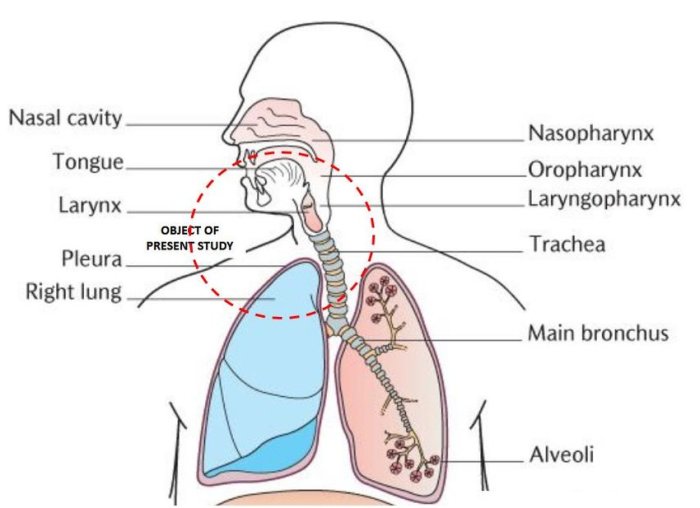Assignment 6.1 upper respiratory tract labeling – Assignment 6.1: Labeling the Upper Respiratory Tract embarks on an exploration of the intricate structures and functions of the upper respiratory system. This journey unveils the vital role it plays in maintaining respiratory health and delves into the diagnostic and surgical interventions employed to address its ailments.
The upper respiratory tract, comprising the nasal cavity, pharynx, and larynx, serves as the gateway to the respiratory system. It performs essential functions such as filtering inhaled air, warming and humidifying it, and facilitating speech production.
1. Anatomy of the Upper Respiratory Tract

The upper respiratory tract comprises the nasal cavity, pharynx, and larynx. These structures are responsible for the initial processing of inhaled air and play a crucial role in respiration, olfaction, and vocalization.
Nasal Cavity
The nasal cavity is divided into two symmetrical chambers separated by the nasal septum. It is lined with a highly vascularized mucous membrane containing olfactory receptors that detect odors. The nasal cavity is responsible for filtering, warming, and humidifying inhaled air.
Pharynx
The pharynx is a muscular tube that extends from the nasal cavity to the larynx. It is divided into three sections: the nasopharynx, oropharynx, and hypopharynx. The pharynx serves as a passageway for air and food and contains lymphoid tissue that aids in immune defense.
Larynx
The larynx, commonly known as the voice box, is a cartilaginous structure located at the top of the trachea. It contains the vocal cords, which vibrate to produce sound during vocalization. The larynx also prevents food and liquids from entering the lower respiratory tract.
2. Functions of the Upper Respiratory Tract

The upper respiratory tract performs several vital functions that contribute to overall respiratory health:
Air Filtration and Humidification
The mucous membrane lining the nasal cavity and pharynx traps dust, pollen, and other airborne particles, preventing them from entering the lungs. It also humidifies inhaled air, which is essential for maintaining proper lung function.
Thermoregulation, Assignment 6.1 upper respiratory tract labeling
The nasal cavity and pharynx warm and cool inhaled air to match body temperature. This prevents damage to the delicate tissues of the lower respiratory tract.
Olfaction
The olfactory receptors in the nasal cavity detect and identify odors. This sense is essential for detecting potentially harmful substances in the environment and for appreciating flavors.
Vocalization
The larynx produces sound during vocalization by vibrating the vocal cords. This allows for communication, expression, and musical performance.
Questions and Answers: Assignment 6.1 Upper Respiratory Tract Labeling
What are the primary functions of the upper respiratory tract?
The upper respiratory tract filters, warms, and humidifies inhaled air, facilitates speech production, and contributes to the sense of smell.
What are some common conditions that affect the upper respiratory tract?
Common conditions include rhinitis (inflammation of the nasal cavity), pharyngitis (inflammation of the pharynx), and laryngitis (inflammation of the larynx).
What are the different types of surgical interventions performed on the upper respiratory tract?
Surgical interventions include septoplasty (correction of a deviated nasal septum), tonsillectomy (removal of the tonsils), and tracheostomy (creation of an opening in the trachea).
